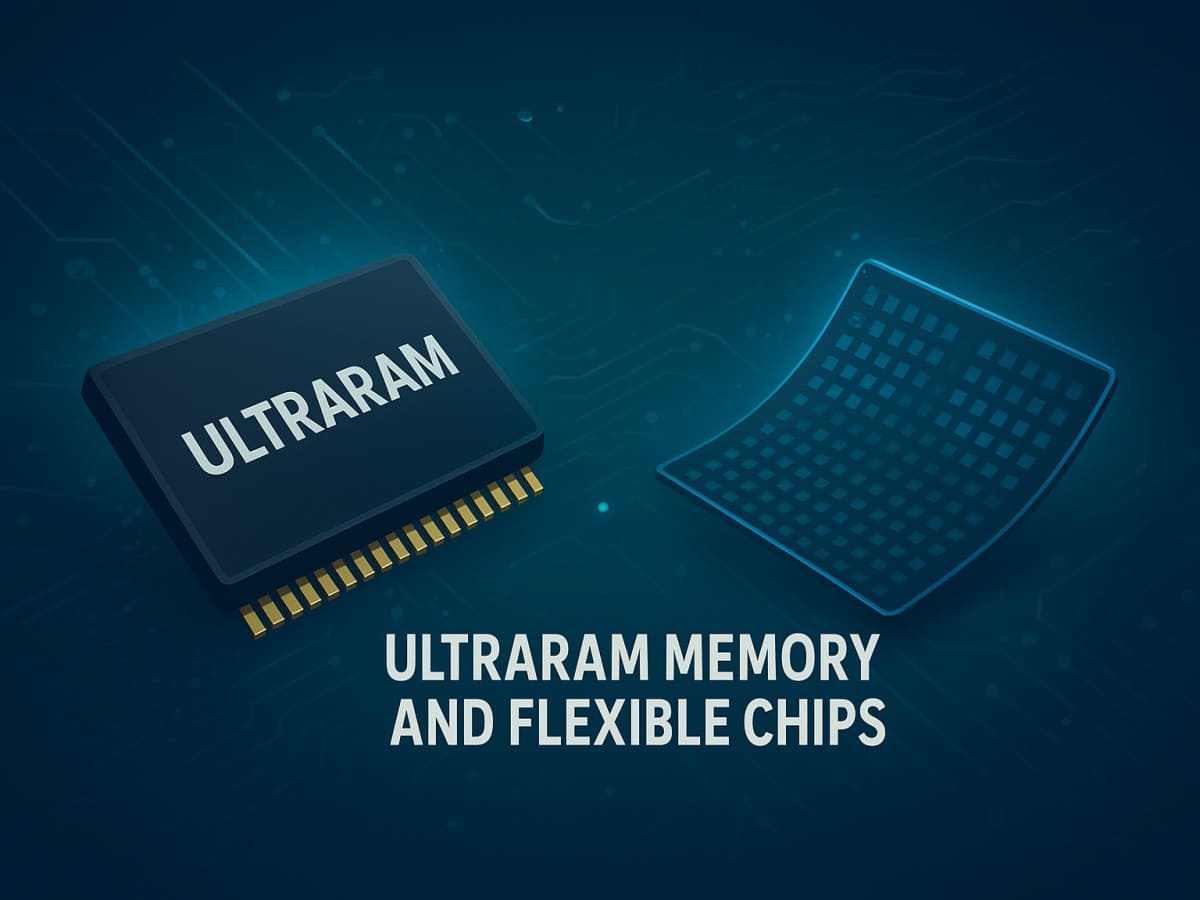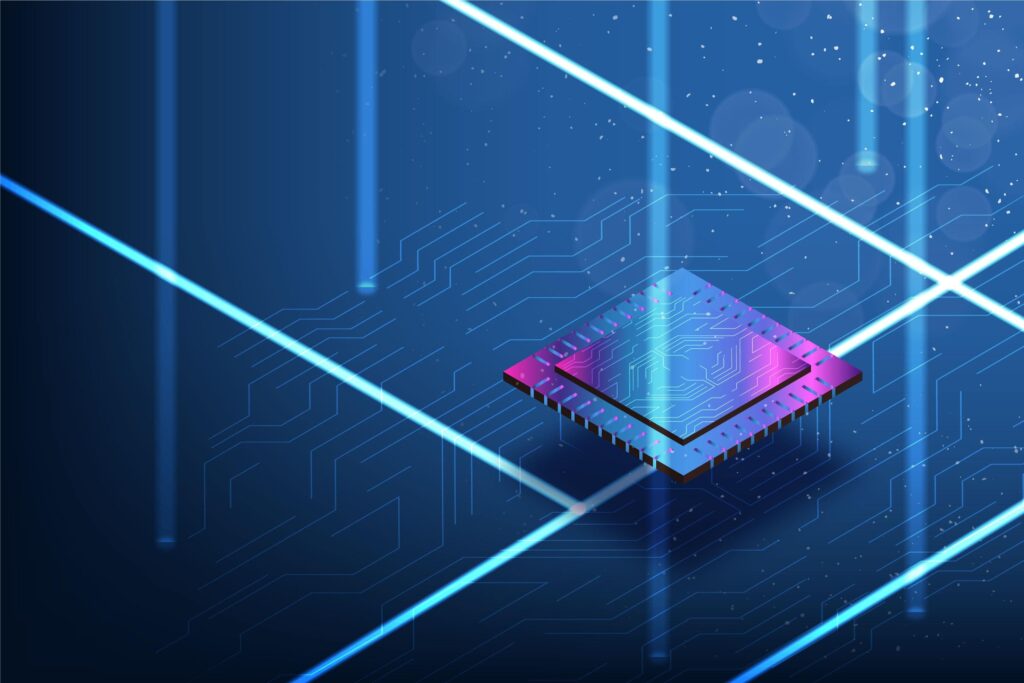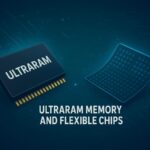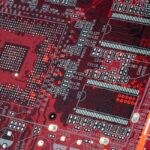Now Reading: UltraRAM Memory and Flexible Chips: Shaping the Future of Semiconductors
- 01
UltraRAM Memory and Flexible Chips: Shaping the Future of Semiconductors
UltraRAM Memory and Flexible Chips: Shaping the Future of Semiconductors

Discover how UltraRAM memory and flexible chips are revolutionizing the semiconductor industry. Explore their features, benefits, applications, and future impact on technology, IoT, and data storage.
Introduction
The semiconductor industry has always been the beating heart of modern technology. From the microchips inside our smartphones to the processors powering advanced AI systems, semiconductors fuel almost every aspect of our digital lives. Today, as the world races toward faster, smaller, and more energy-efficient devices, two breakthrough technologies stand at the forefront: UltraRAM memory and Flexible Integrated Circuits (FlexICs), often called flexible chips.
These innovations are not just incremental improvements. They represent a fundamental shift in how data will be stored, processed, and embedded into devices in the coming decade. UltraRAM promises lightning-fast speed, extraordinary durability, and long-term data retention, while flexible chips open the door for bendable, low-cost electronics that can integrate into nearly everything we touch.
This blog explores these emerging technologies, their applications, advantages, and their role in shaping the future of the semiconductor industry.
What is UltraRAM?
UltraRAM is a next-generation memory technology that aims to combine the speed of DRAM with the non-volatility of flash storage. Developed by researchers at Lancaster University and further refined in collaboration with industry leaders, UltraRAM is now moving closer to volume production, making it one of the most promising semiconductor technologies of the future.
Key Features of UltraRAM:
DRAM-like speed – Enables rapid read/write performance.
Non-volatile – Retains data without the need for constant power, similar to flash memory.
Extreme endurance – Claimed to be 4,000 times more durable than NAND flash.
Data retention – Can potentially preserve data for over 1,000 years.
This combination of durability, efficiency, and longevity is what makes UltraRAM a game-changer for industries like cloud computing, AI, IoT, and even defense applications.
Why UltraRAM is Revolutionary
Unlike conventional memory technologies where compromises are inevitable—fast but volatile (DRAM) or non-volatile but slower (NAND)—UltraRAM merges the best of both worlds.
Enhanced Performance
UltraRAM can significantly reduce latency in data-intensive tasks, such as machine learning model training or real-time analytics.Energy Efficiency
With lower power requirements, UltraRAM can make data centers greener, cutting down operational costs and reducing environmental impact.Longevity of Data
Traditional flash memory degrades after repeated writes, but UltraRAM’s endurance ensures sustainable performance, critical for enterprise and industrial systems.Cost-Effectiveness in the Long Run
While initial production might be expensive, the durability and efficiency of UltraRAM could lower total cost of ownership in storage and computing infrastructure.
What are Flexible Chips (FlexICs)?
Flexible Integrated Circuits, also known as flexible chips, are ultra-thin, bendable semiconductor devices manufactured on plastic substrates rather than rigid silicon wafers. Unlike traditional chips, these can be folded, curved, or embedded into unconventional surfaces, making them suitable for next-gen IoT and wearable applications.
Key Features of Flexible Chips:
Bendable and lightweight – Ideal for wearable devices, smart packaging, and healthcare applications.
Low-cost manufacturing – Requires less energy and produces minimal waste compared to silicon chips.
Scalable – Can be mass-produced, enabling integration into billions of everyday objects.
Environmentally friendly – Lower carbon footprint compared to traditional semiconductor production.
Applications of Flexible Chips
The versatility of FlexICs means they can be applied across industries:
Healthcare & Wearables
Imagine health-monitoring patches that stick to the skin, track vital signs, and wirelessly transmit data without bulky electronics.Smart Packaging
Products with embedded chips can display real-time freshness indicators, enhancing consumer trust and reducing waste.Industrial IoT
Sensors with flexible chips can be embedded in machinery for predictive maintenance, boosting efficiency.Smart Cities
FlexICs could be integrated into infrastructure such as streetlights or road surfaces, improving data collection and energy management.Consumer Electronics
From foldable smartphones to bendable e-paper displays, flexible chips open new possibilities for design and user experience.
UltraRAM and Flexible Chips: A Powerful Combination
While UltraRAM and FlexICs are distinct technologies, their potential convergence could redefine the semiconductor landscape. For instance:
UltraRAM in Flexible Devices – Integrating UltraRAM into flexible chips could enable ultra-fast, low-power memory in wearables, foldable electronics, and IoT devices.
Edge Computing Boost – Devices equipped with both technologies could process and store massive data locally, reducing reliance on cloud systems.
Sustainability & Efficiency – Together, they can lower energy consumption across the board, creating eco-friendly digital ecosystems.
Challenges Ahead
Despite the promise, several challenges need to be addressed before widespread adoption:
Mass Production Costs – Scaling UltraRAM and flexible chip technologies for global use remains a financial hurdle.
Integration into Current Ecosystems – Compatibility with existing semiconductor infrastructure needs refinement.
Reliability Testing – Long-term performance under varied conditions must be verified.
Industry Adoption – Convincing manufacturers to transition from silicon-based systems to new models is not easy.
The Future of Semiconductors
The semiconductor industry is moving toward smaller, faster, and more sustainable technologies. UltraRAM and flexible chips represent a natural evolution, addressing limitations of current memory systems and opening new design possibilities.
By 2030, it is likely that UltraRAM-powered storage systems will become mainstream in data centers, while flexible chips will be embedded into daily objects, making the concept of “intelligence everywhere” a reality.
FAQs
Q1. What makes UltraRAM different from DRAM or NAND flash?
UltraRAM combines the speed of DRAM with the non-volatility of flash, offering faster performance, lower energy consumption, and unmatched durability.
Q2. Are flexible chips as powerful as silicon-based chips?
Currently, flexible chips are not meant to replace high-performance processors but are designed for low-power, scalable applications like IoT, healthcare, and packaging.
Q3. When will UltraRAM hit the market?
UltraRAM is moving toward volume production in the next few years, and we may see commercial products powered by it before 2030.
Q4. Are flexible chips environmentally sustainable?
Yes, they require less energy to manufacture and create minimal waste compared to traditional silicon-based semiconductors.
Q5. Can UltraRAM and flexible chips work together?
Yes, integrating UltraRAM into flexible devices could significantly improve their speed, energy efficiency, and storage capabilities.
Conclusion
UltraRAM and flexible chips are more than just emerging technologies—they represent the next wave of semiconductor innovation. While UltraRAM is poised to revolutionize data storage and computing performance, flexible chips are set to reshape how electronics are designed and embedded into our world.
Together, they will enable devices that are faster, smarter, durable, and sustainable, ensuring the semiconductor industry continues to evolve with the demands of a connected world.
As industries prepare for digital transformation, embracing these technologies will be critical to staying competitive. The future of semiconductors is not just about smaller transistors—it’s about smarter, flexible, and more resilient systems.

















